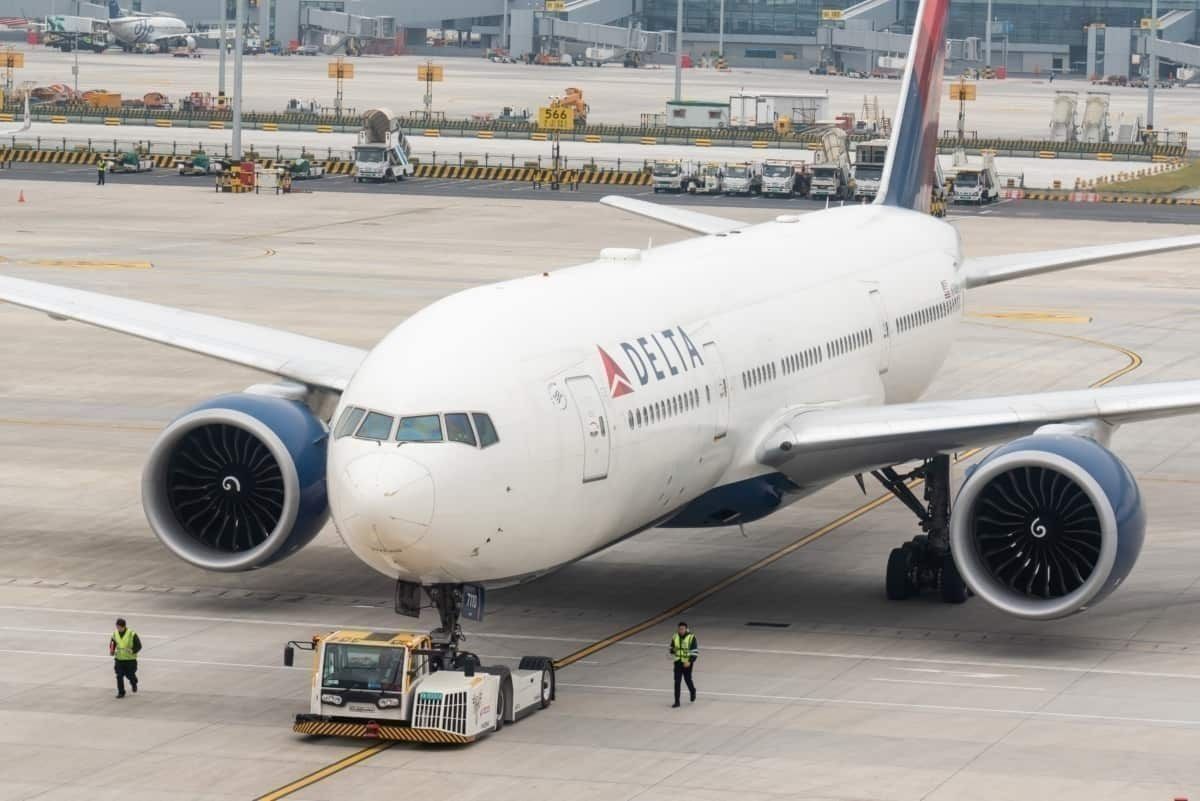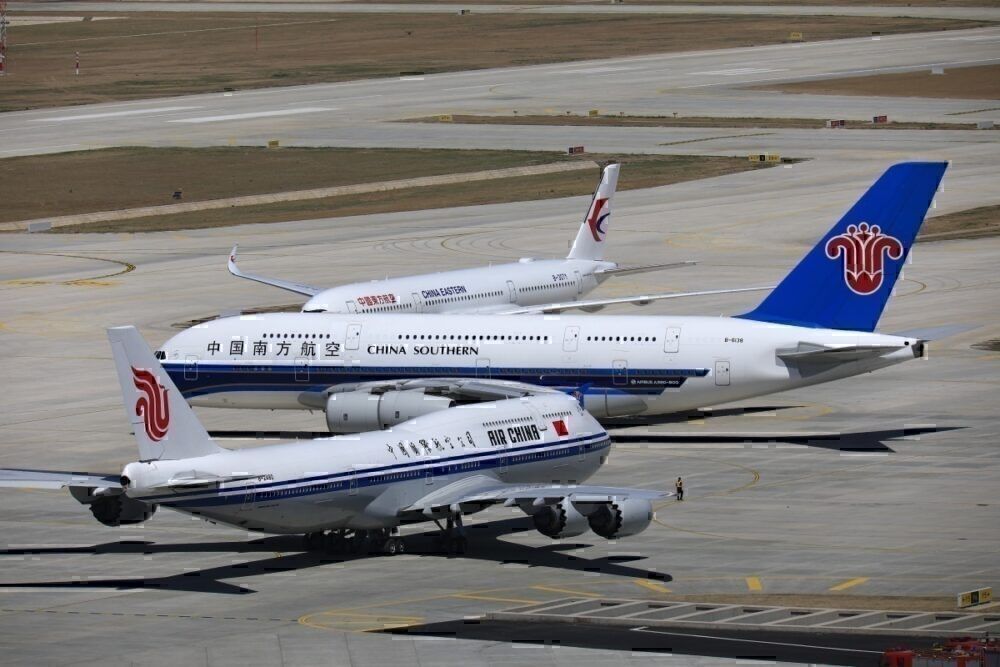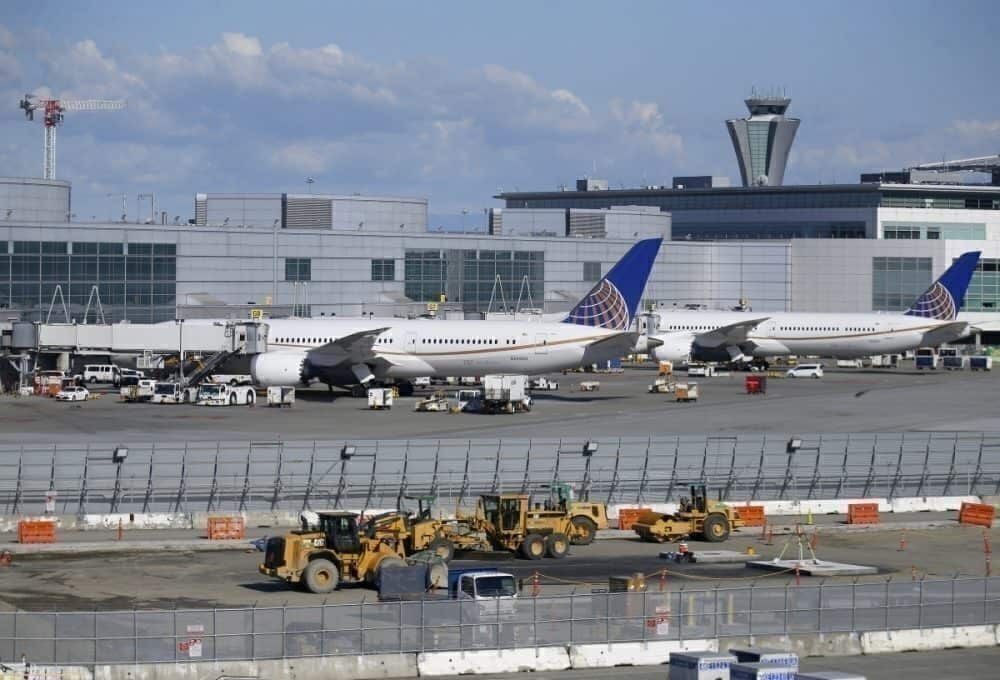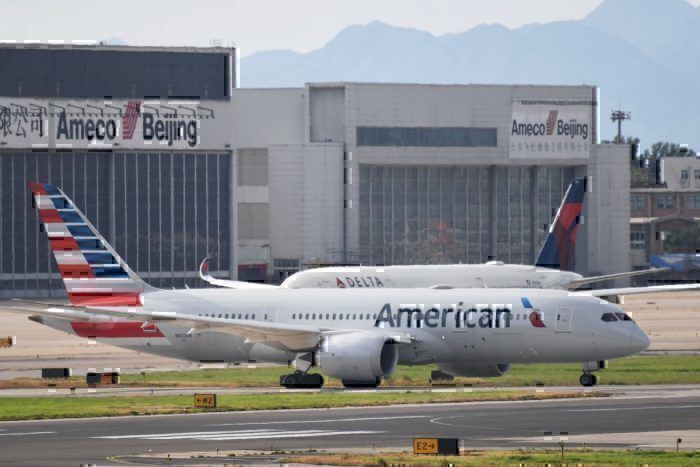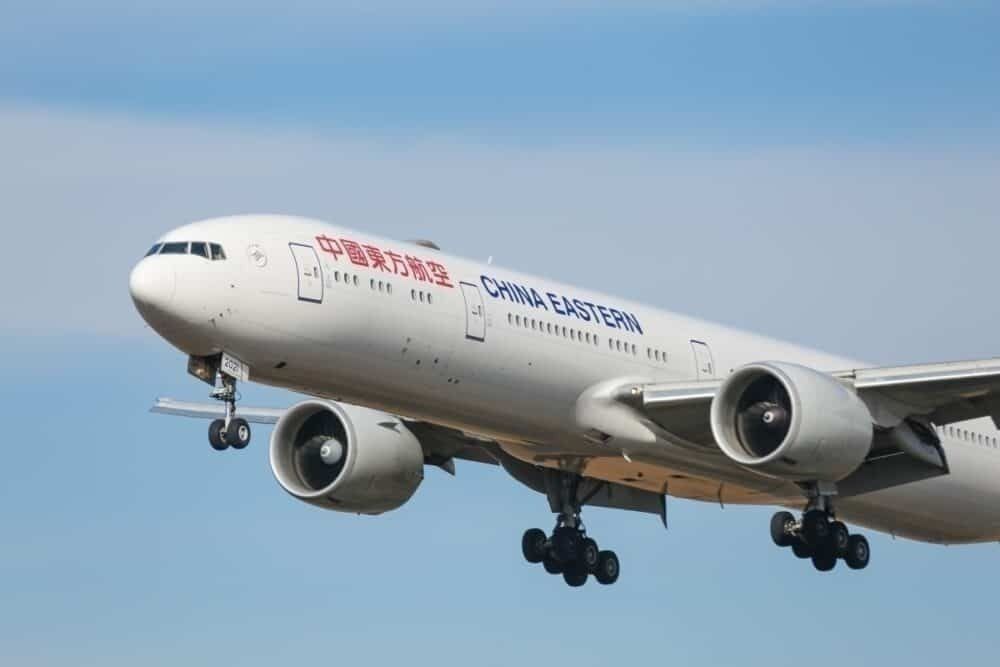The United States government has accused China of blocking US airlines from resuming flights to China. United and Delta both want to restart flights to mainland China from June. However, both carriers have not had success at getting permission to restart the flights. So, on May 22nd, the Department of Transportation (DOT) ordered Chinese airlines to file their flight schedules.
The conflict over air services
According to Reuters, the Trump administration stopped short of imposing restrictions on the carriers. However, talks with China had failed to produce an agreement.
According to the DOT's official document, the order states the below:
By this Order, the U.S. Department of Transportation (the Department) is taking steps in response to the failure of the Government of the People’s Republic of China (China) to permit U.S. carriers to exercise the full extent of their bilateral right to conduct scheduled passenger air services to China.
The US-China Civil Air Transport Agreement gives rights for airlines to fly between the two countries– with restrictions. It is not an Open Skies agreement that allows any airline to start up any flight between two points.
Since January, US airlines have drawn down service. At the start of 2020, US and Chinese carriers flew about 325 weekly flights between the two countries. By February, that was down to 20 weekly flights on four Chinese airlines. In mid-March, Chinese airlines increased this to 34 weekly flights. US airlines kept their China schedules suspended.
On March 26th, the Civil Aviation Authority of China (CAAC) issued an order that limited international air service. Chinese carriers could fly only one weekly scheduled passenger flight on one route to any country. Foreign airlines could maintain just one weekly flight on one route to China. For US airlines, such a schedule would be largely inefficient.
The CAAC went further to issue that Chinese and foreign carriers must use international passenger flight schedules from March 12th as a maximum limit for capacity, in terms of frequency of service, that the airlines maintain in any given international market until further notice. While Chinese airlines continued US flights, no US airlines were operating to Mainland China from the US.
Airline needs
Now, both United and Delta are seeking approval to resume service to China starting from June. However, the CAAC has not given any US airline the green light to launch flights between the two countries.
So, now, the US DOT has required Air China, Beijing Capital Airlines, China Eastern Airlines, China Southern Airlines, Hainan Airlines, Sichuan Airlines, and Xiamen Airlines to file their flight schedules with the US Department of Transportation.
Once these schedules are filed, the DOT will review whether the flight schedules negatively impact public interest and go against the US-China Civil Air Transport Agreement.
How will this turn out?
This is the first real step the DOT is taking as US airlines await any approval to start flights to China. What comes after this, however, depends on how the US government wants to handle the situation. In a worst-case scenario, both China and the US could restrict (or entirely block) flights between the two countries. However, this would be an extreme turn of events.
China is a lucrative market with plenty of healthy demand between the two countries. Restricting flights would be a huge detriment to tourist and business markets on both ends.
The best way out of this for both sides is to agree to a new set of services that benefits both US airlines and Chinese airlines. United is seeking the most robust China schedules of all US airlines. Meanwhile, Delta is trying to serve Shanghai– its partner China Eastern's hub. While neither side may get everything they want, compromise is the best way to avoid an international aviation standoff.
How should authorities resolve this situation? Let us know in the comments!

